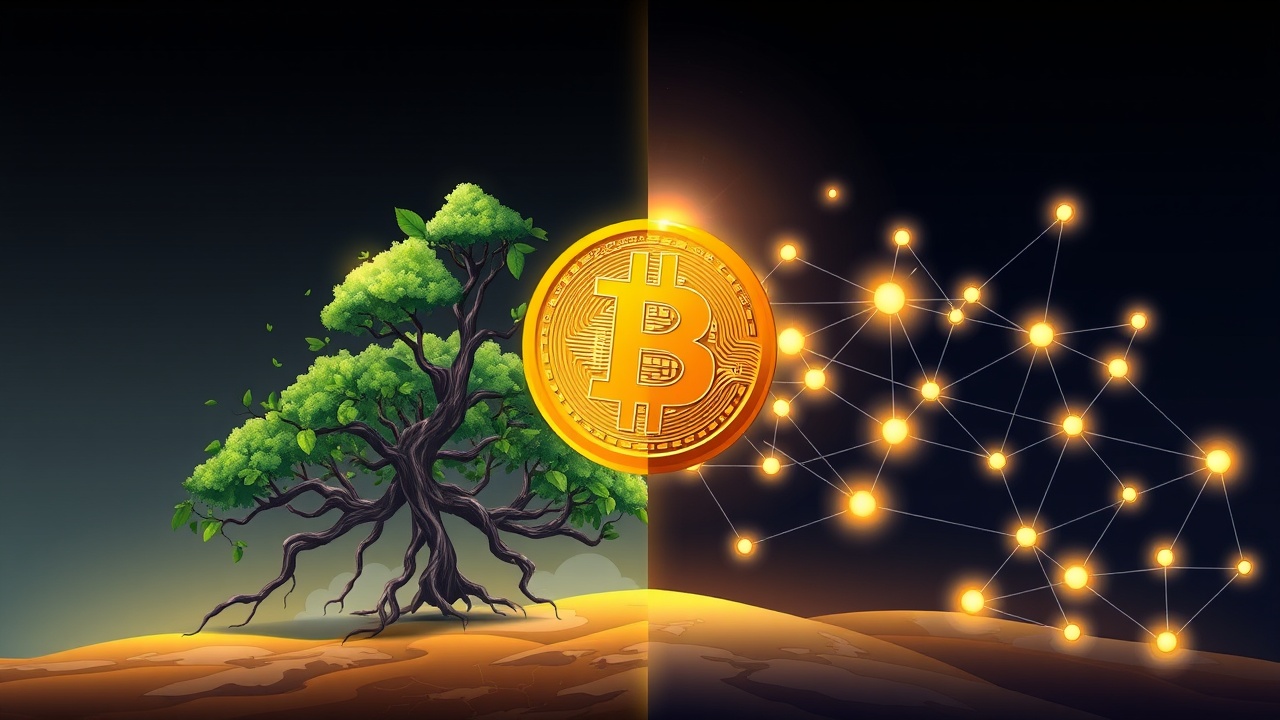Bitcoin and Its Limitations
Bitcoin is often referred to as the cornerstone of digital assets, renowned for its decentralized nature and security. Despite its reputation as a robust store of value, Bitcoin’s financial utility has remained limited for many years, primarily due to constraints within its network. As its price surged, the perception of Bitcoin as a viable medium for daily transactions diminished. Enter Bitcoin DeFi, or BTCfi—a burgeoning field of decentralized finance applications constructed on the Bitcoin framework, which aims to transform this narrative.
The Role of Sui in Bitcoin DeFi
Among the pioneers supporting Bitcoin functionality is Sui, a layer-1 blockchain that joins the ranks of others like Solana, Aptos, and Cardano.
“Many enthusiasts start their journey in the cryptocurrency world focused on Bitcoin, attracted by its stability and value. However, up until recently, its use has been mostly relegated to being a store of value,”
notes Adeniyi Abiodun, co-founder and CPO at Mysten Labs, the creators of the Sui network. He emphasizes that Sui is designed to empower Bitcoin holders to engage more actively with their assets rather than merely holding onto them passively.
Innovations in the BTCfi Ecosystem
Sui’s BTCfi ecosystem consists of several key components, including:
- Wrapped Bitcoin (WBTC): Facilitated through the Sui Bridge, this Ethereum-minted variant of Bitcoin is managed by custodians, providing a seamless entry point for users into DeFi applications on Sui. Investors can utilize WBTC in decentralized exchanges such as Bluefin or lend assets through platforms like Suilend and Navi, despite some inherent trust issues associated with custodial assets.
- LBTC: A Bitcoin derivative provided by Lombard Finance, LBTC enhances the productivity of Bitcoin by offering features tailored to yield generation, such as overcollateralized minting and access to fixed-income products within the DeFi space.
Recently, the Sui network enhanced its BTCfi capabilities by collaborating with Stacks, a layer-2 network for Bitcoin. This integration is designed to facilitate lending, borrowing, trading, and staking services for Bitcoin holders—services that have traditionally been the domain of networks like Ethereum and Solana.
Growing Demand for Bitcoin Utility
Abiodun highlighted that assets related to Bitcoin constitute over 10% of Sui’s total value locked (TVL), indicating robust demand for increasing the active use of Bitcoin beyond mere storage. Stacks offers sBTC, a Bitcoin-backed asset that operates on a one-to-one basis with Bitcoin, allowing decentralized movement of BTC without relying on centralized entities. This mechanism utilizes a network of signers to mint and redeem sBTC through a threshold consensus, ensuring both operational security and protocol responsiveness.
Future Directions and Collaborations
Through initiatives like sBTC, Bitcoin holders can earn rewards while engaging with DeFi platforms directly—without the need for central intermediaries. This also provides developers with consistent and scalable access to Bitcoin liquidity for creating sophisticated applications that cater to user needs.
“We aspire to pursue integrations that enhance the experiences of users and developers alike within a dependable, quick, and secure environment,”
Abiodun stated, also noting the collaborative efforts of various allies, including Babylon, Redstone, and Cubiest, who share the vision of unlocking Bitcoin’s vast potential. Rena Shah from Stacks echoed this sentiment, clarifying that this partnership aims to uphold Bitcoin’s decentralization philosophy while expanding its utility across different ecosystems.
Competition and Unique Approaches
As competition heats up among various blockchain networks adding functionalities for Bitcoin, Sui is distinct in its commitment to integrating custodial bridges, synthetic derivatives, and trust-minimized assets all within a cohesive environment. Networks like Cardano and Solana are also experimenting with Bitcoin, though they face challenges related to liquidity.
Both Sui and Aptos leverage the Move programming language but differ in their methodologies regarding BTCfi. While Aptos focuses on yield-oriented DeFi techniques, Sui highlights multiple approaches to Bitcoin utility within its platform.
Conclusion
Given current limitations around native Bitcoin transactions, the evolution toward utilizing Bitcoin directly remains at a stage needing further development. Sui’s initiatives—by introducing assets like sBTC, wBTC, LBTC, and further partnerships—demonstrate that diverse pathways can coexist to bolster Bitcoin’s functionality within one ecosystem. Abiodun has hinted at more developments in the BTCfi space, marking it as a vital strategic focus for Sui this year.




